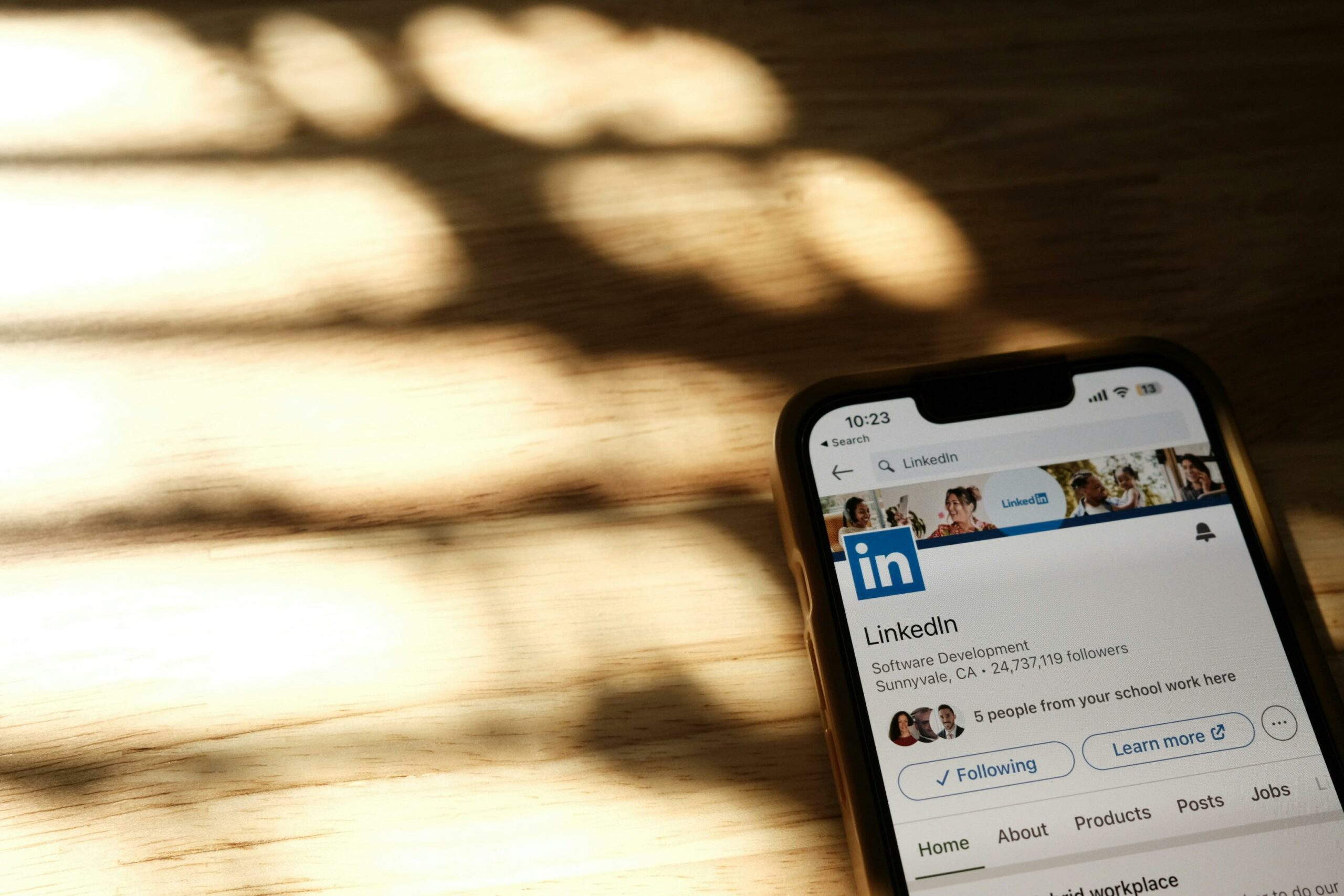Fake claims and half-truths are more significant and even more acceptable in 2023 than ever before, particularly in social media and on websites, which puts pressure on ‘honest’ Australian businesses to compete against over-hyped promises from some competitors.
Irwin Hau, the founder and director of Chromatix Web Design and the Australian tech SaaS start-up ConversionCow, is urging honest businesses to bulk up their trust factors to make it easier for their customers to distinguish between truths and half-truths.
“Greenwashing is a particular issue at the moment, as are undisclosed paid endorsements by influencers and unrealistic promises that claim to achieve extraordinary results overnight.
“People are sucked in by this nonsense, and a by-product of that is suspicion and doubt. It becomes harder to win trust and damages the reputation of the business overall because customers are losing faith in businesses. It’s an alarming trend that demands our immediate attention.”
Hau says businesses need to lead the way by substantiating their claims:
Websites: The New Pillars of Trust
In the digital era, a website is not just a source of information; it’s the shop window on a company’s credibility.
“When potential clients or customers visit a website, they’re subconsciously asking, ‘Is this company real? Who am I interacting with here? Is there a human on the other end of this experience?'”
Hau points out that long-term customer relationships come from being real and authentic; by doing what you promise to do. “A website isn’t merely a virtual presence—it’s a testament to a company’s authenticity.”
Hau says fake Google Reviews, purchasing clicks to artificially inflate their credibility and making claims like great customer service when the organisation knows that it has issues hurts the reputation of Australian businesses long term.
Building Trust Brick by Brick
If you’re building or refreshing a website, consider the following essentials:
1. Harness human psychology:
Leveraging principles like social proof can be a game-changer. Real testimonials or videos of actual customers can instil confidence and authenticity.
2. Invest in genuine imagery:
Avoid the lure of stock photos. They’re easily recognised and can immediately diminish trust because they are not ‘real’. “Real photos, of you, your team and products, offer a significant return on investment. The overall perception becomes undeniably genuine,” says Hau.
3. Self-evaluate with honesty:
Would you trust your own website? Employ the ‘cover the logo’ test. If you find yourself hesitating, there’s work to be done.
4. Keep it real and relatable:
Hau’s analysis of more than 60,000 websites since 2009 reveals a common craving for personable, genuine, and articulate content.
A Return to Basics
Every little element on a website, from design and functionality to content and speed, cumulatively shapes a user’s perception. Businesses often chase the next big thing, the revolutionary game-changer. However, Hau advises, “Go back to the basics. Basic, when done right, is 90% of the job.”
As the AI wave continues and the creation of fake websites and scams rise, businesses must question the value of impersonal automation over authentic human interaction.
“Why employ bots when we are innately relational beings? We hunger for human touch and connection,” says Hau.
The need for business authenticity has never been greater. It’s time to prioritise genuine relationships, real interactions, and, above all, integrity.
“The alternative isn’t just bad business, it’s a world where trust becomes a rarity.”
For more information visit: Chromatix Web Design and ConversionCow.












